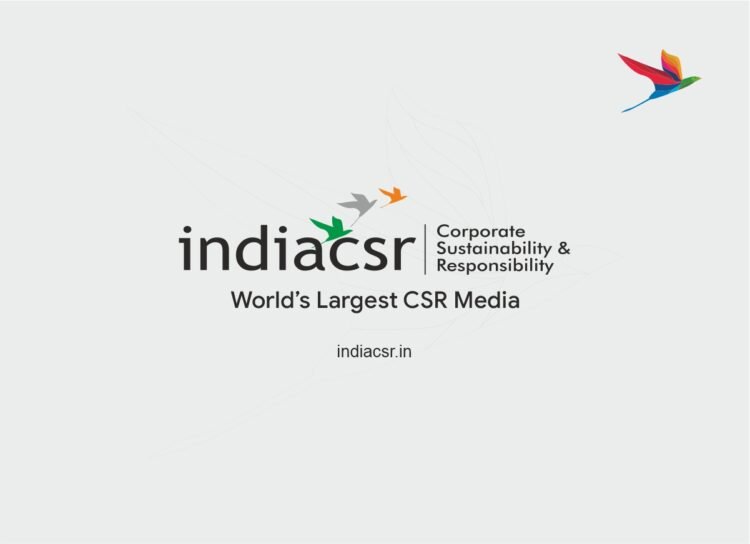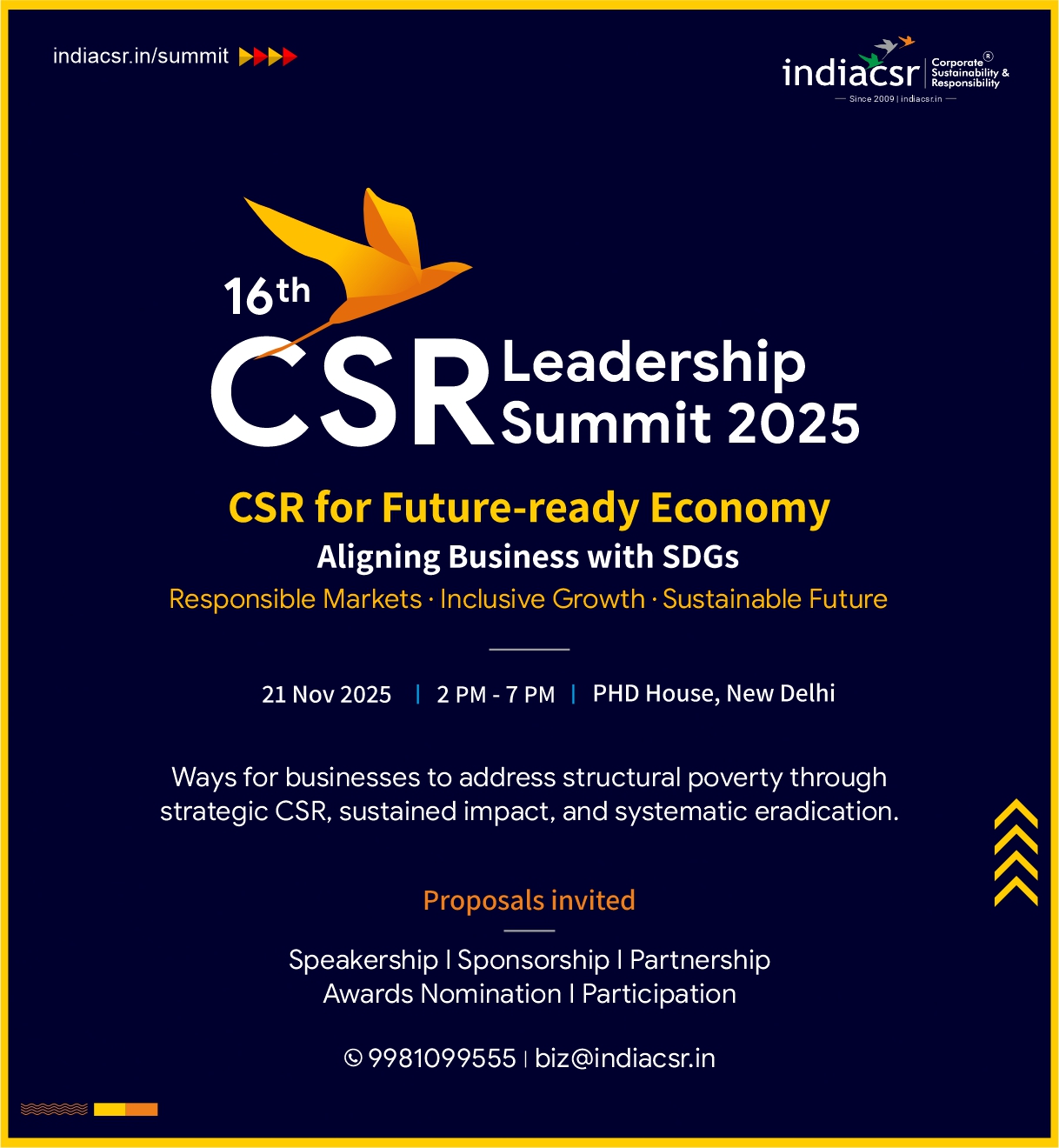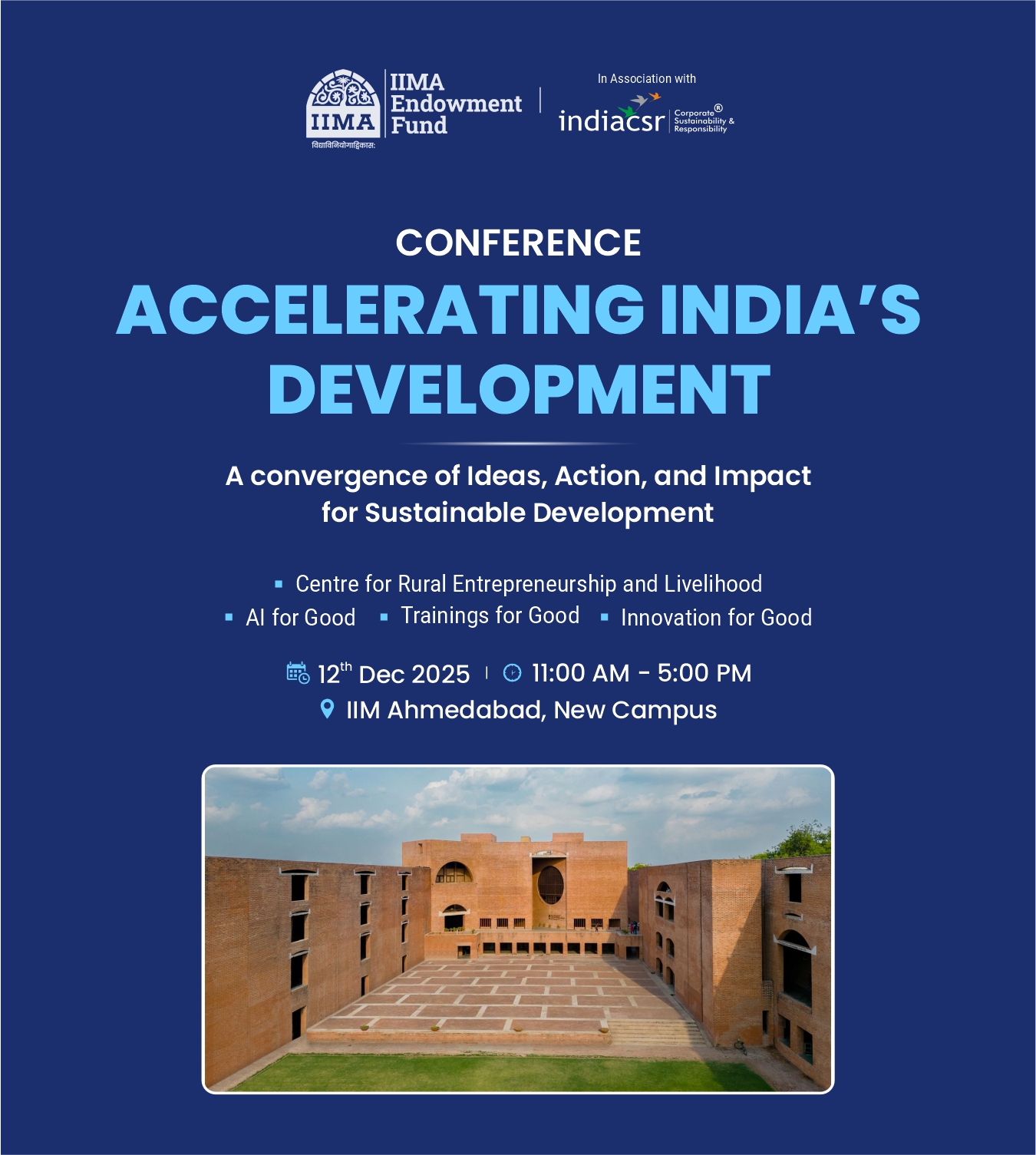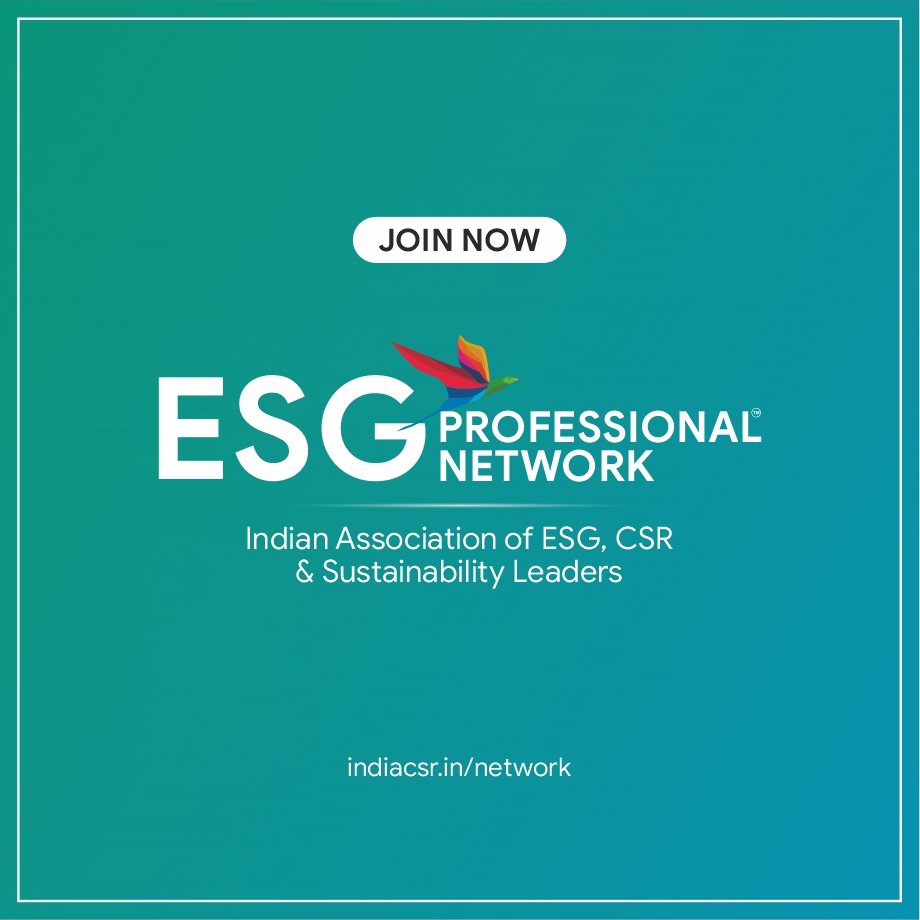By Akanksha Sharma
Development cooperation encompasses relationships between a diverse set of actors. It is imperative to examine the priorities and characteristics of a variety of development assistance providers and assesses their contributions to achieving development objectives. This is in accord with the need for convergence/ partnership of various players: multi-lateral aid providers, government and private players to fill the developmental gaps and reduce overlaps to achieve the Sustainable Development Goals. Let’s pick an example of Poverty Alleviation here.
Poverty Alleviation Efforts and Challenges
Poverty remains a fundamental concern for any development agenda and in the past decades a lot of efforts have been directed towards its alleviation very specifically in its most abject forms. To a great extent it is true as well that we have been able to pull out many out of absolute poverty in the third world countries but at the same time there is a clear realization that if the present efforts are not enough to achieve the objective of poverty alleviation in the less developed and developing countries.
Complexities and Variations in Approaches
At the same time there are newer forms of poverty which are also becoming gradually more prominent in the discourse (Urban Poverty, Relative forms Poverty and Social Aspects in terms more comprehensive notion of Human Development, etc.). The fact that poverty is such a multi – faceted problem and it even acquires further complexity by the virtue of diversity in contexts also many variations in the strategies exist in terms of how it has been approached by different agencies. This makes the whole landscape quite complex and intricate with respect to evolving and implementing more comprehensive strategic frameworks for attaining the proposed objectives as in SDG’s or MDG’s.
Actors and Factors in Poverty Alleviation
As in the developing and the less developed countries, high incidence of poverty exist due to multiple factors originating from the unique socio-political and economic conditions of the country. While there are multiple developmental agencies working on the agenda of poverty alleviation, the key players driving the aim of poverty alleviation as part of Sustainable Development Goals towards 2030 are multilateral agencies (UNDP & World Bank), respective government and the private payers contributing to the growth and development thereby reducing poverty.
Questions and Challenges for Convergence
This is for the reason that there exist some fundamental questions:
- Do the multilateral agencies, Government and Private players have overlapping programs on poverty alleviation in the identified less developed and developing countries?
- How the multilateral agencies along with the Public and Private Sector can partner to bridge the Sustainable Development Goals on Poverty Alleviation in the identified countries?
- Is there any convergence model possible to reduce the overlaps between various developmental programs of the multilateral agencies, public and private players in the identified countries?
- Does poor convergence model amongst the developmental agencies create more overlaps and less bridging of the gaps for poverty alleviation?
- Do the identified countries need greater synergies amongst their developmental counter parts with respect to their unique socio-political and economic conditions?
- Would the convergence model help the identified countries in achieving the Sustainable Developmental Goals on Poverty Alleviation?
Importance of Strategic Frameworks
The need for comprehensive strategic frameworks which goes beyond putting clear goals can be debated but at the same time it is also clear that in the absence of such strategic framework the question needs to be asked how we would be able to ensure that we attain the objective of convergence amongst various developmental agents to achieve the SDG towards poverty alleviation in the earliest possible manner. What can be the process through which such frameworks can be evolved and at what levels such strategic frameworks- are required remain as most crucial questions.
Elements of Effective Strategy
There are certain clear elements which have to be seen as necessary element of the strategy if any comprehensive framework is to be evolved at any pertinent level. This calls for alignment amongst major agencies as necessary part of any such strategic framework with respect to achievement of SDG’s particularly the UN agencies, major CSR players and government agencies. Convergence has to be an essential element if we want to achieve the objective of SDG’s in the stipulated time frame.
Global Economic Policies and Impact on Poverty
Cutbacks in health, education and other vital social services around the world have resulted from structural adjustment policies prescribed by the International Monetary Fund (IMF) and the World Bank as conditions for loans and repayment. In addition, developing nation governments are required to open their economies to compete with each other and with more powerful and established industrialized nations. To attract investment, poor countries enter a spiralling race to the bottom to see who can provide lower standards, reduced wages and cheaper resources. This has increased poverty and inequality for most people. It also forms a backbone to what we today call globalization. As a result, it maintains the historic unequal rules of trade.
Lack of Strategic Convergence and Progress
Despite the fact that there is conceptual agreement with reference to and SDG there seems to be a lack of seriousness and specifically strategic convergence without which it is virtually an impossible to fulfill the SDG in the stipulated timeframe.
The experience with the MDG is also indicative enough that with the continuation of the lack of strategic convergence no real progress is made and if the same persist the required pace, scope and impact of the poverty alleviation cannot be actually achieved.
About the Author:
Akanksha Sharma, Deputy General Manager- CSR & Sustainability Jubilant FoodWorks Ltd.
You may also like:
- We have aligned our CSR focus areas with the SDGs: Akanksha Sharma, Head CSR and Sustainability, STL
- CSR and impact investing benefiting the country, feels Akanksha Sharma, Head-Social Impact & Sustainability, STL
- Sustainability needs to be looked at from an all-inclusive perspective: Akanksha Sharma, Head CSR and Sustainability, STL
- Climate crusader Akanksha on polar sojourn
- Pluralizing progress: bridging the digital divide






